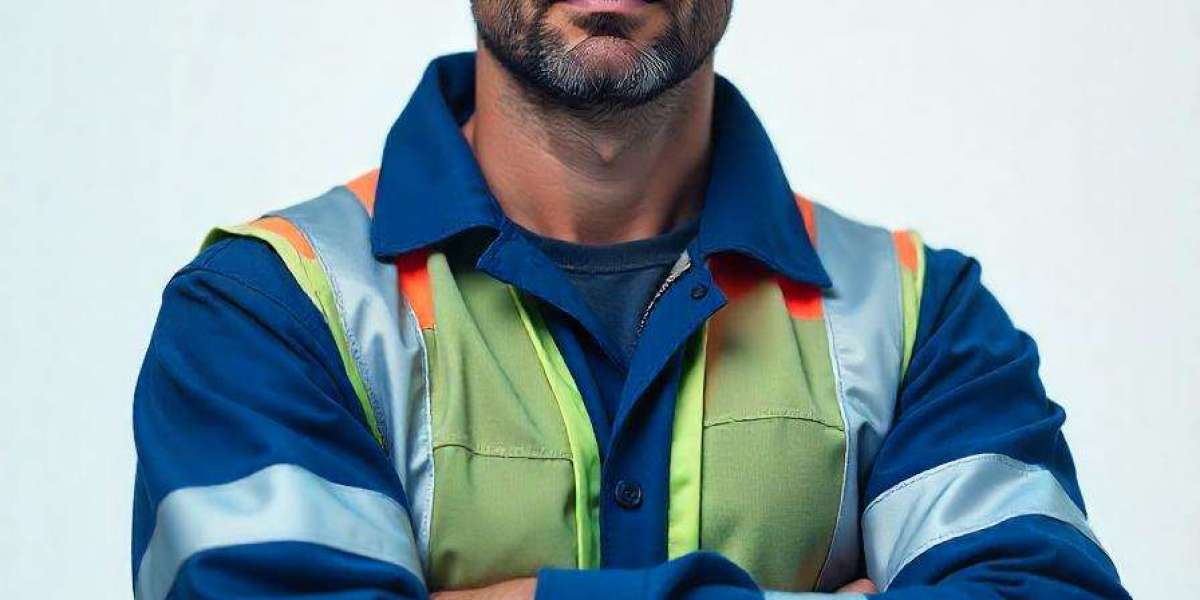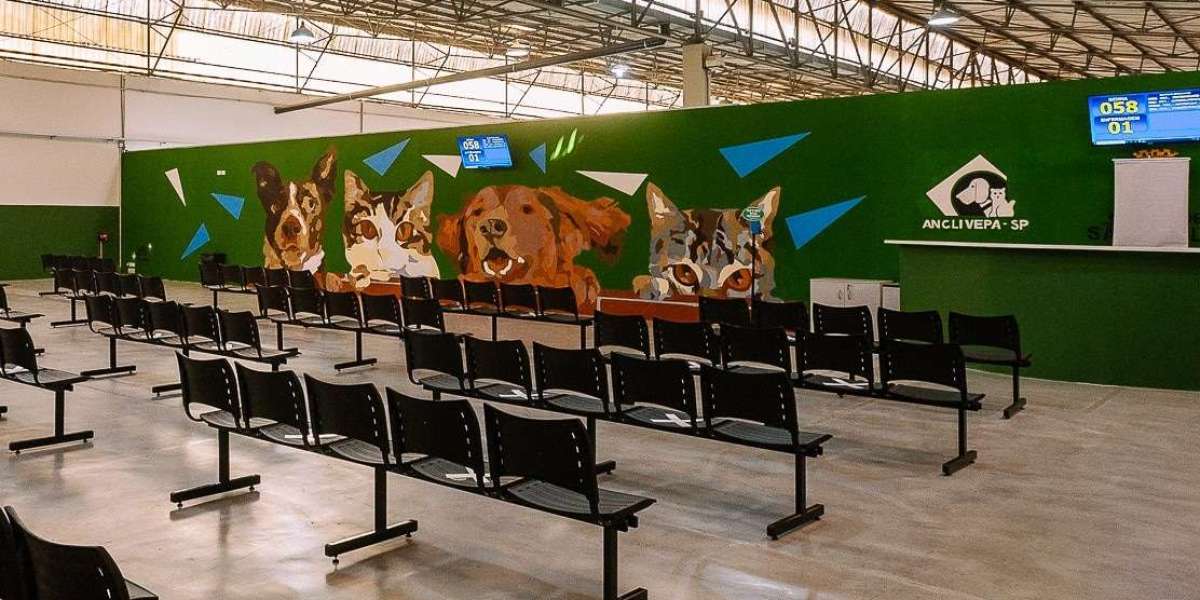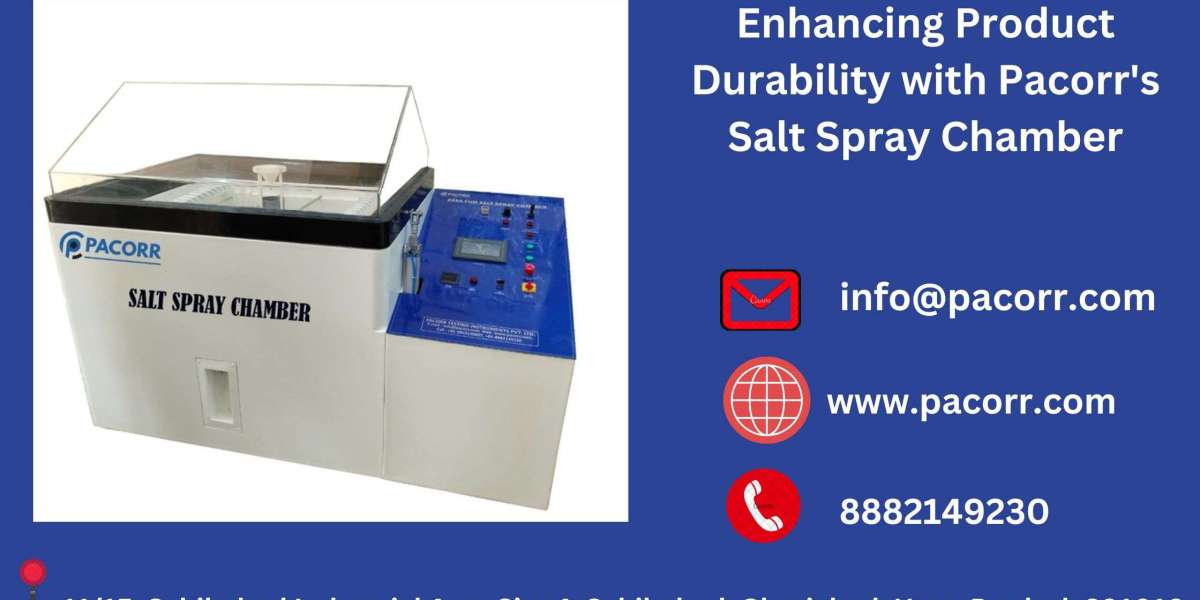When you think about workplace hazards, it’s easy to picture a busy factory floor or a construction site in the middle of the city. But many organizations operate far away from these typical settings. They have teams stationed in remote areas—oil fields, mining zones, wind farms, or isolated warehouses—where the risks are often hidden and the response time for emergencies is much longer. That’s exactly why conducting regular safety tours in these distant locations is not just a good practice; it’s a lifeline for your people.
Before we dive deeper, it’s worth mentioning that many companies encourage their supervisors and managers to enroll in a Safety Officer Course. These programs provide structured knowledge on recognizing hazards, leading inspections, and setting up safety systems. Professionals who undergo such training are far better equipped to handle challenges that arise in remote areas, where every decision carries extra weight.
Understanding the Importance of Safety Tours in Remote Areas
Imagine a team of twenty workers stationed at a remote power plant several hours away from the nearest town. One morning, during a routine walk-through, a supervisor notices corrosion on a key pipeline. Left unchecked, that corrosion could lead to a leak, fire, or even an explosion. Because of that quick observation during a safety tour, the pipeline gets replaced in time, preventing what could have been a major disaster.
Safety tours are powerful because they are proactive. Instead of waiting for accidents to happen, they allow organizations to look for warning signs and correct them before they escalate. In remote areas, where help is far away, this proactive approach becomes even more critical.
Step-by-Step: How to Conduct an Effective Safety Tour in Remote Locations
A well-planned inspection isn’t just about walking around with a clipboard. Here’s a simple guide you can follow to make sure every safety tour counts:
Step 1: Plan Ahead
Before setting out, review previous reports, maintenance records, and feedback from staff. In remote areas, supplies and tools are not always readily available, so you need to know exactly what you’re looking for and what resources you might need.
Step 2: Engage with Your Team
When you arrive on site, don’t just observe quietly. Talk to the people working there. Ask them about any concerns, near-misses, or unusual conditions they’ve noticed. This dialogue often reveals hidden issues that aren’t visible during a quick inspection.
Step 3: Inspect High-Risk Zones First
Remote sites often have specific high-risk areas—chemical storage rooms, electrical panels, or rough terrain near loading zones. Focus your attention there first. Look for leaks, worn-out equipment, or anything that seems out of place.
Step 4: Document and Photograph
In distant locations, you may not get back for weeks or months. Make sure you take detailed notes and clear photos of any potential hazards. This documentation will help maintenance teams act quickly, even if you’re not physically present.
Step 5: Follow Up and Act
A safety tour is only useful if the findings lead to action. Set deadlines, assign responsibilities, and track progress. Workers feel valued and protected when they see that reported issues are resolved promptly.
Why Remote Locations Amplify Risks
In urban sites, hazards can often be handled immediately. But in remote areas, even small problems can grow fast because of limited staff, delayed supplies, or slower medical response times. A loose railing or faulty generator might seem minor at first but can quickly lead to serious injuries or operational shutdowns. That’s why consistent inspections are a cornerstone of risk management in these settings.
Let’s take an example: a logistics team operating in a desert location once ignored minor wear on their transport vehicles. Without regular safety tours, no one noticed how bad the tires had become. One day, a truck skidded and tipped over while carrying chemicals, leading to a week-long cleanup operation and significant losses. A simple tour and timely replacement could have prevented all of that.
Building a Culture of Care in Isolated Sites
When you send a team to work in a distant location, you are not just managing tasks—you are taking responsibility for their well-being. Safety tours are a tangible way to show your workforce that their lives and health matter. Over time, these inspections create a culture where workers feel comfortable speaking up about hazards, because they know management is paying attention.
Companies that invest in leadership training, such as a Safety Officer Course, often see even better results. Those trained leaders know how to spot patterns, ask the right questions, and push for improvements that make a real difference.
Overcoming Challenges in Remote Safety Tours
Conducting inspections in far-flung areas comes with obstacles—harsh weather, transportation delays, or communication breakdowns. Yet, with a strong system in place, these challenges can be overcome. Many organizations use mobile apps or cloud-based platforms to record observations instantly. Others schedule tours to coincide with supply deliveries, making every trip count.
It’s also wise to involve local staff in these tours. They understand the day-to-day operations and can point out details that outsiders might overlook. This collaboration not only makes inspections more effective, but also boosts morale, as workers feel directly involved in keeping their site safe.
Learn about the Safety Officer Course fee in Pakistan to plan your next step in building a safer workplace.
Final Thoughts: Protecting Your Workforce Starts with You
At the end of the day, conducting safety tours in remote locations is about leadership and responsibility. It’s about looking beyond immediate profits and making sure your team goes home healthy and safe every day. Every inspection you conduct reduces risks, prevents accidents, and builds trust within your workforce.
For those who want to take their commitment to safety even further, exploring a Safety Officer Course is a smart step. Such training provides the confidence and expertise needed to lead inspections effectively, no matter how challenging the environment might be.







